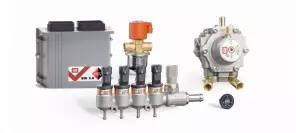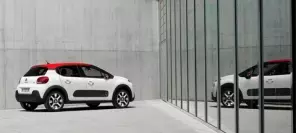- Main page
- Search
- Up to date
- Products
- Technology
- Vehicles
- Video
- Conversion Payback Simulator
Port Injection - Conversion Payback Simulator
Direct Injection - Conversion Payback Simulator
Diesel - Newsletter
Citroën C-Elysée - joyfully cheap
- Home page
- Up to date
- Reportages, interviews, road tests
- Road tests
- Citroën C-Elysée - joyfully cheap
« Powrót
 loading results...
loading results...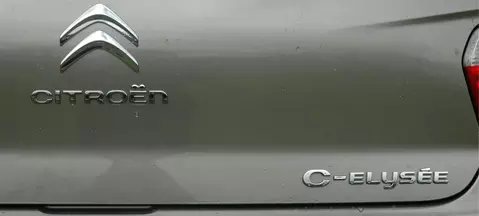 © gazeo.com
© gazeo.com 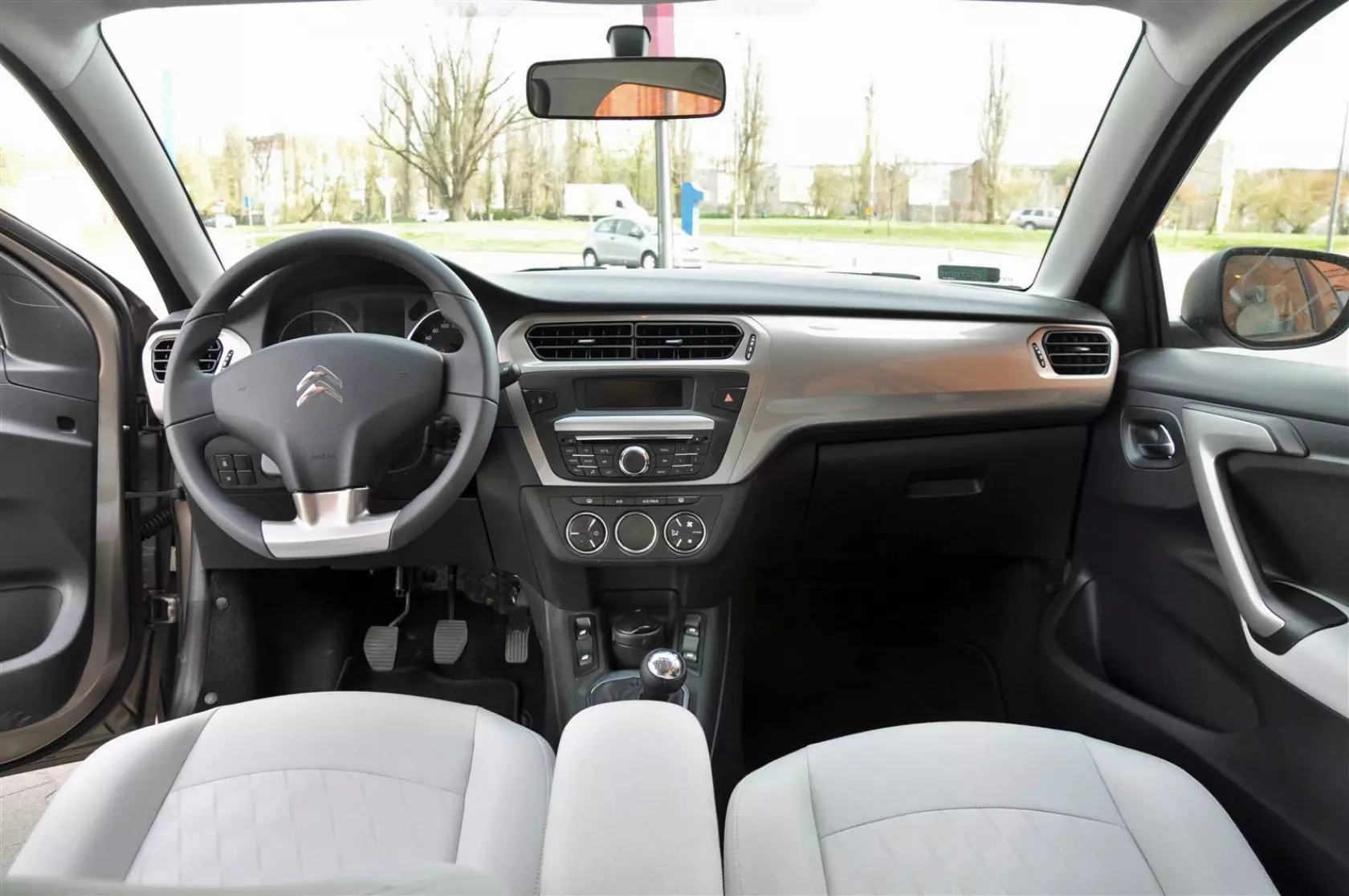 Not always ergonomic, but aesthetic and of respectable quality - the interior of the C-Elysée
Not always ergonomic, but aesthetic and of respectable quality - the interior of the C-Elysée 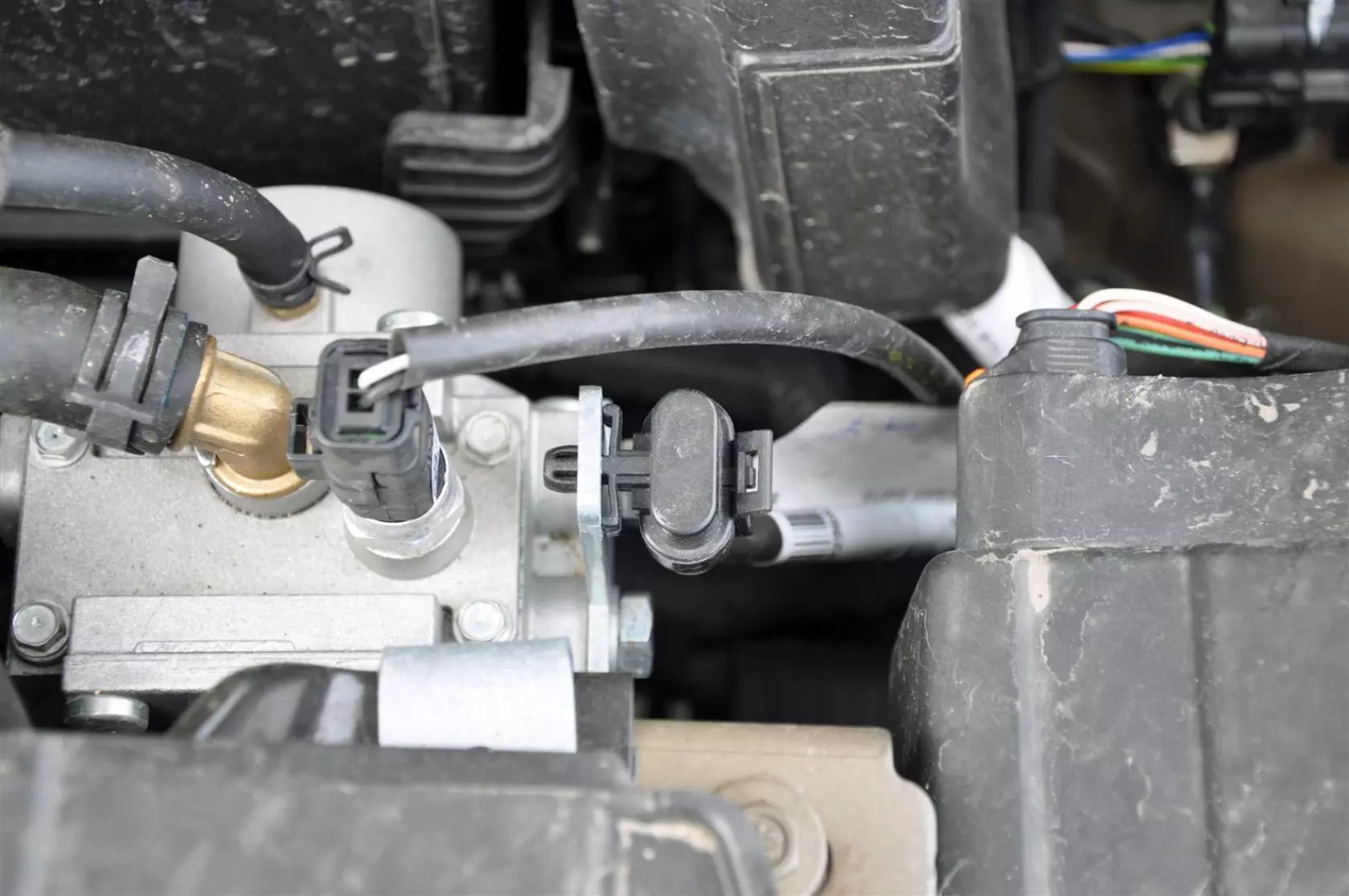 The ECU managed to hide under the headlight, but its diagnostic connector was led under the reducer’s housing. That’s well enough
The ECU managed to hide under the headlight, but its diagnostic connector was led under the reducer’s housing. That’s well enough 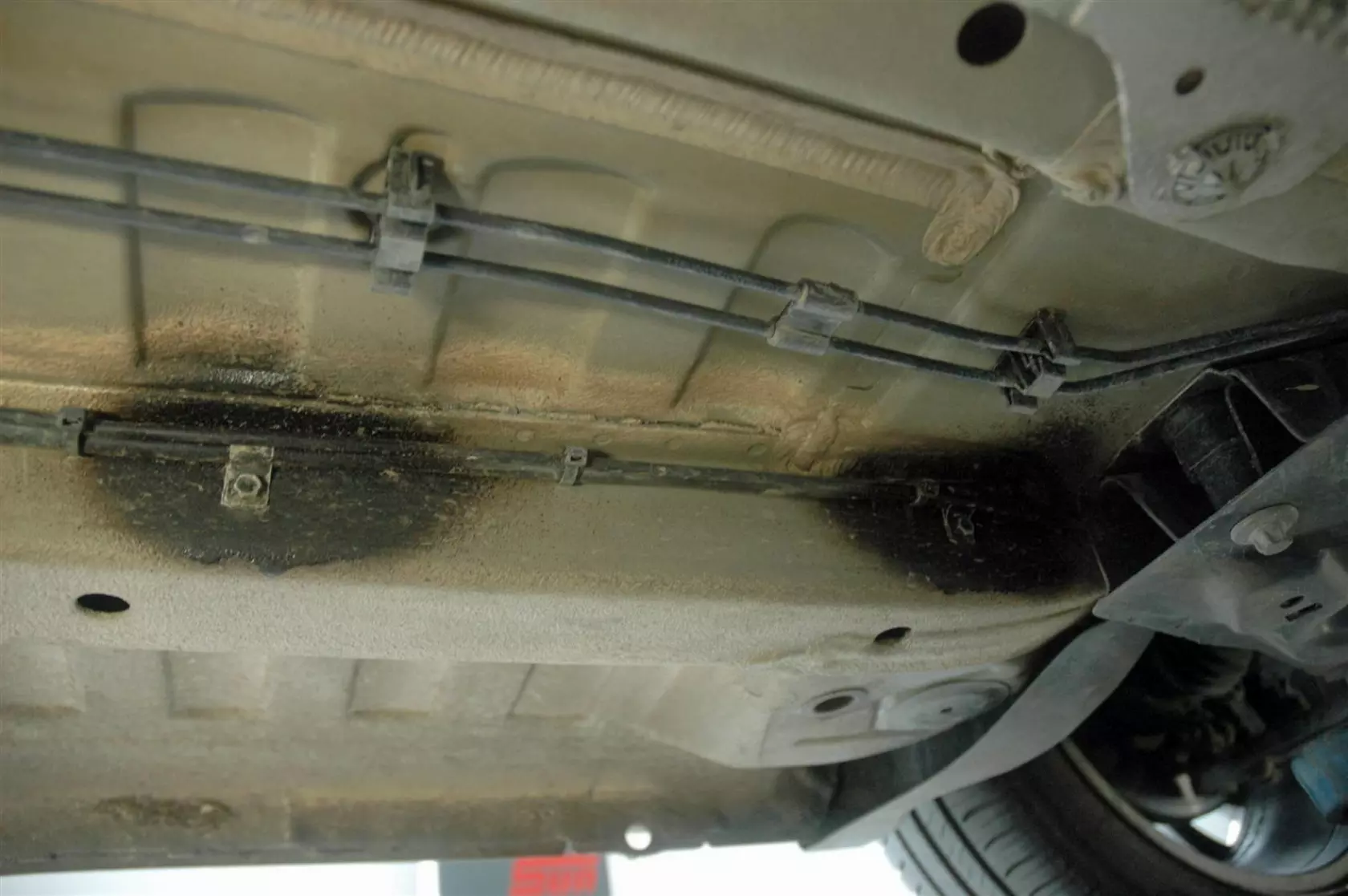 Gas line fixing spots are protected against corrosion
Gas line fixing spots are protected against corrosion  The tank was secured from the bottom by a bearer which, unfortunately, is open from one side, and therefore will get dirty
The tank was secured from the bottom by a bearer which, unfortunately, is open from one side, and therefore will get dirty 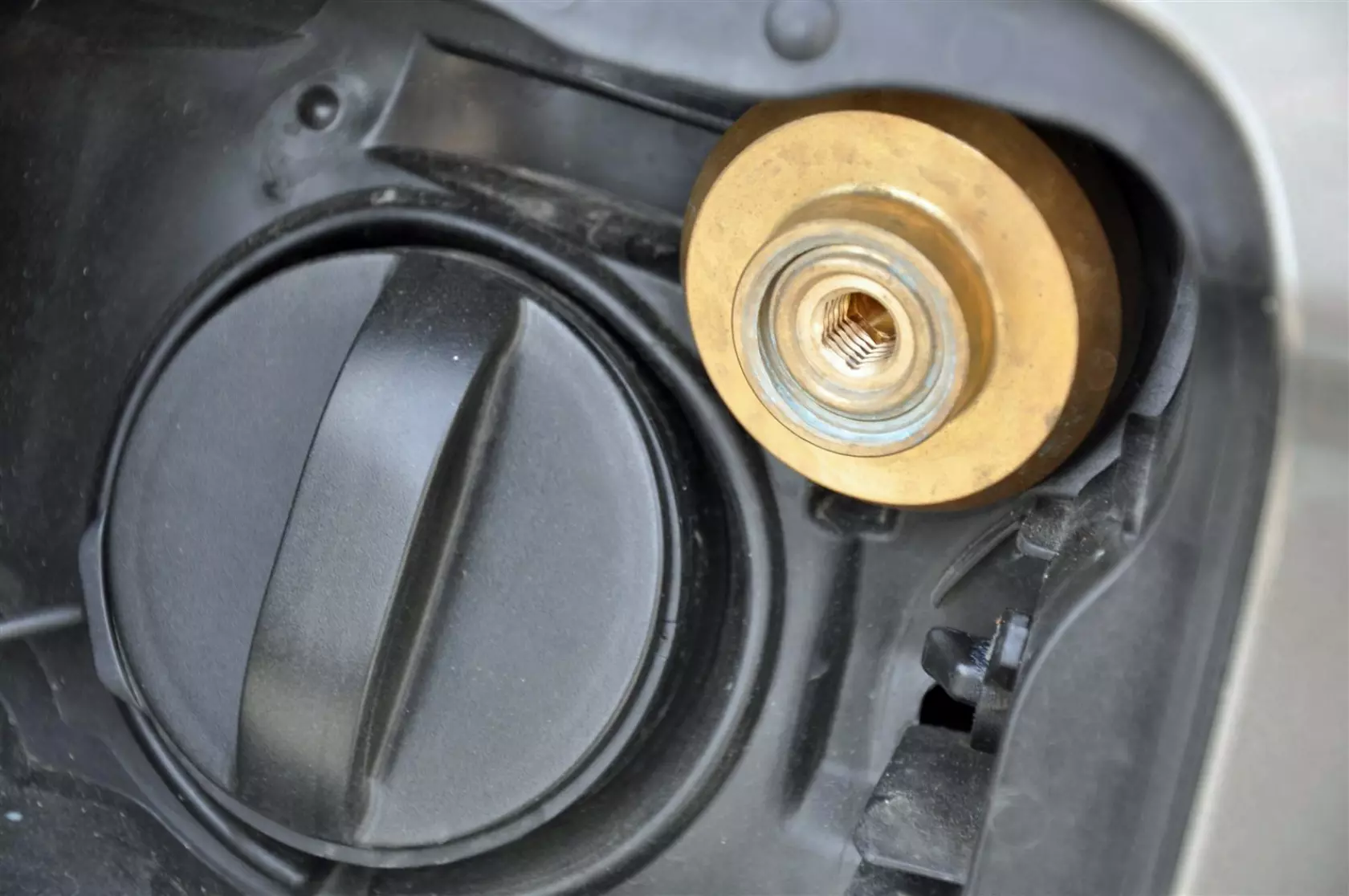 You open the trunk and see something like this. What do you do?
You open the trunk and see something like this. What do you do? 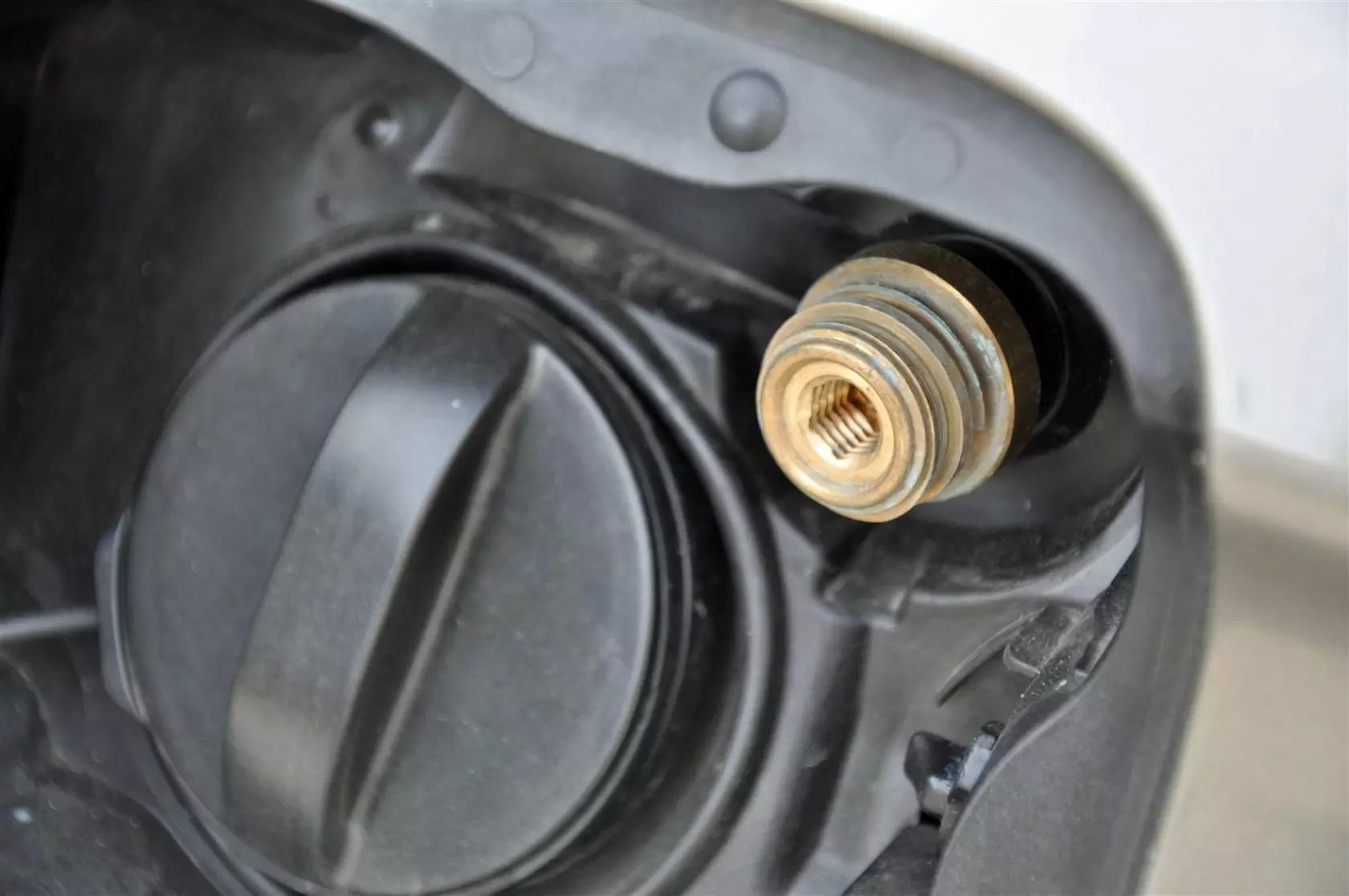 You unscrew the flange…
You unscrew the flange… 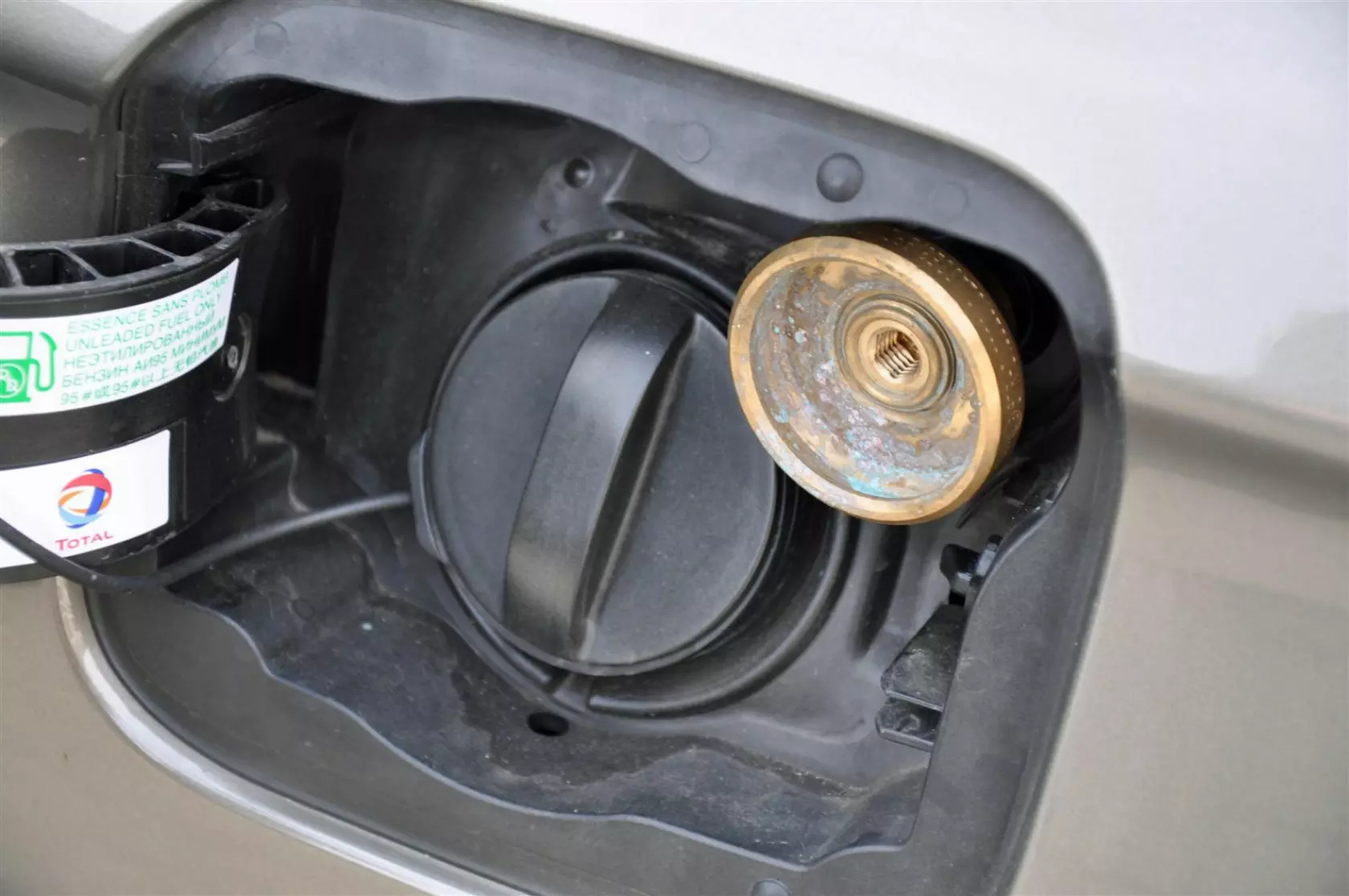 … and screw it in on the other side. Time to refuel!
… and screw it in on the other side. Time to refuel! 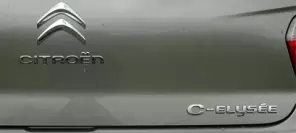







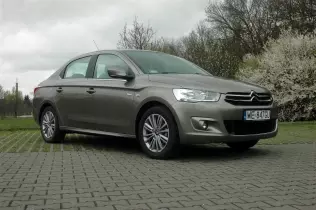 © gazeo.comCitroën C-Elysée LPG in its full, albeit modest, glory. Compared with Renault Thalia, Dacia Logan or Honda City – it still looks like a Mercedes
© gazeo.comCitroën C-Elysée LPG in its full, albeit modest, glory. Compared with Renault Thalia, Dacia Logan or Honda City – it still looks like a MercedesAutogas is a type of fuel for those who don’t like to pay more than absolutely necessary. Like with budget cars – you see and get what you paid for, not for long history and centuries of tradition. In other words, you buy a product, not an image hidden under the company’s logo placed on the bonnet. And Citroën C-Elysée (as well as its technological and stylistic twin – Peugeot 301) has one more added value – its looks are still better than those of cars by Dacia, Fiat or Skoda (Logan, Linea and Rapid, respectively), the model’s main competition. It also has a factory built gas supply system, although that feature is shared also by the brands from Romania, Italy and the Czech Republic. In this case, it’s a BRC Sequent 24.11 system, adapted to cooperate with a 115 hp, 1.6 VTi engine. The adaptation – configuration of all components and development of bearers – was carried out in Poland by Czakram. Not only for the Polish market but for all markets that offer C-Elysée and 301, and have sufficient LPG infrastructure. Recently these models went on sale in Romania with BRC systems developed by Czakram.
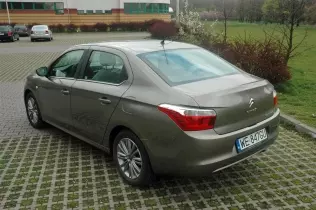 © gazeo.comThe body is free of ornaments, which make it look a bit “tinny”. The sound made when we close the trunk brings associations with Wartburg
© gazeo.comThe body is free of ornaments, which make it look a bit “tinny”. The sound made when we close the trunk brings associations with WartburgSpeaking of the 1.6 VTi engine – Citroën and Peugeot both deserve big thumbs up for mating the LPG system with the stronger of two petrol engines available for C-Elysée and 301. The weaker of those two units – in contrast to the 1.6 version, it can be found also in the basic model (Attraction) – has 3 cylinders, cylinder capacity of 1.2 liter and 72 hp, which is supposedly enough to move this 4.44 meter car quite smoothly, but the 115 hp engine just makes you feel a bit better (though we’re not talking about any luxury here). Besides, combining gas systems with the weakest engines creates a stereotype that autogas-powered vehicles have less power, so that’s another reason we like this unusual approach by PSA.
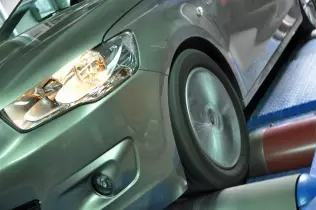 © gazeo.comWhen the engine switches to LPG, it stays faithful to this type of fuel and doesn’t require any partial petrol injection
© gazeo.comWhen the engine switches to LPG, it stays faithful to this type of fuel and doesn’t require any partial petrol injectionAs usual, measurements of power and torque on a chassis dynamometer showed minimal differences compared with the manufacturer’s declarations. When running on petrol, the modest French sedan reached 117 hp instead of 115, while on gas the power dropped slightly to 108 hp. Let’s say that the loss is only 7 hp (not 9) compared to what’s been promised, so it’s acceptable. Though, on the other hand, a dedicated system, developed in cooperation with PSA technicians, could have been calibrated more accurately (which would mean the loss of power would be even smaller). Luckily, power diagrams start to differ more significantly only over 3500 rpm, so in the range not really used on everyday basis. We also appreciate the fact that regardless of the load, the engine does not post-inject petrol, which is good for the potential durability of the valve system. After all, the car was designed mainly for emerging markets, where fuel quality is not always satisfactory (we don’t mean Poland, but rather – for example – Algeria), so we expect that PSA really did their best in terms of strengthening the valves and valve seats.
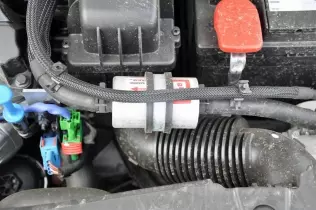 © gazeo.comThe vapour state filter is the most easily noticeable component of the gas supply system under the hood. You’ll need to look a bit longer for the rest
© gazeo.comThe vapour state filter is the most easily noticeable component of the gas supply system under the hood. You’ll need to look a bit longer for the restAs befits a car that leaves the show room already with an LPG system, the conversion was carried out neatly and soundly – everything’s in order under the hood and gas system components are securely attached to the body. Finding some components might be a bit of a problem – injection rail (BRC MY09 – colour-coded orange) was placed behind the engine, on the bulkhead side (it’s easier to spot it from under the car than when standing in front of the raised hood). The electronic controller is located below the left headlight, and the liquid phase filter along with the compensation loop is under the engine, near the left wheel. This won’t make life any easier for servicemen, though we must admit that Citroën and Czakram did a good thing by leading the diagnostic connector outside and fastening it to the reducer’s (Genius MB) body – such way of accessing the electronics should be enough.
It’s hard to say the same about easy access to power supply switch. This component of gas system is located on the left side of the dashboard, in its lower part, directed more towards the driver’s feet than his eyes. This doesn’t help if the driver wants to observe LPG levels or switch between petrol and gas, but there might be some twisted logic in it – since C-Elysée’s cab has numerous slip-ups in terms of ergonomics, impractically positioned gas/petrol switch just fits perfectly. Let’s just list the most important failures – buttons that open and close windows are located on the center tunnel, just below the console, there’s no space for a phone, cups, glasses or bottles, and the joystick to adjust the wing windows is placed just off the steering column.
Zobacz stronę producenta:
BRC
Is it easy to refill? And how much is the car
anyway? Read on to find out!
Left: 50%
You may also find these interesting:
 loading results...
loading results...




